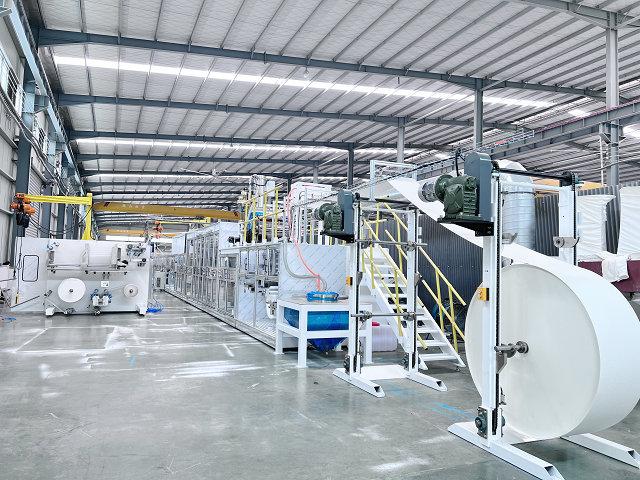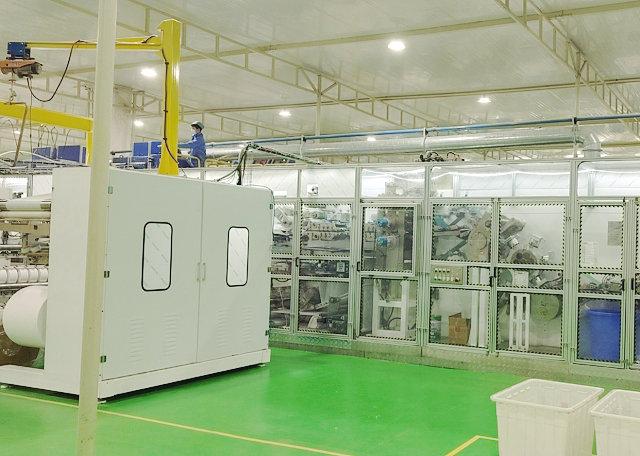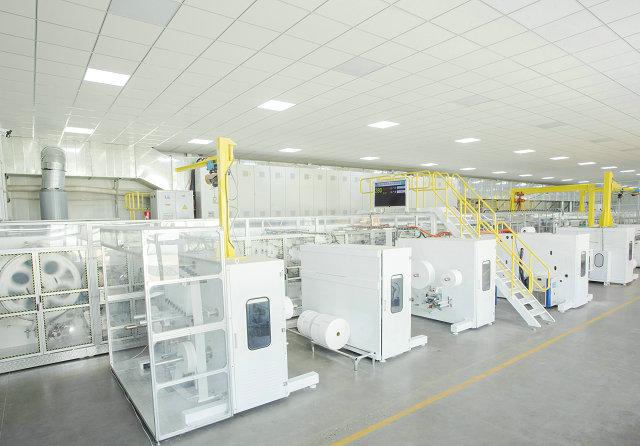Author:Haina Machinery Factory FROM:Diaper Machinery Manufacturer TIME:2024-11-14
Conducting a cost analysis for a sanitary pad manufacturing business is essential for understanding the financial viability and potential profitability of the venture. A thorough cost analysis allows business owners to identify fixed and variable costs, assess pricing strategies, and make informed decisions about production processes. This article will guide you through the steps necessary to conduct a comprehensive cost analysis, highlighting key components such as material costs, labor expenses, overheads, and financial projections.

The first step in conducting a cost analysis is to differentiate between fixed and variable costs. Fixed costs are expenses that remain constant regardless of the level of production, such as rent, salaries of permanent staff, and insurance. In contrast, variable costs fluctuate with production levels and include raw materials, labor costs for temporary workers, and utility expenses. Understanding these distinctions is vital for accurately calculating total costs and setting appropriate pricing strategies.

Raw materials are a significant component of the total production cost for sanitary pads. Common materials include absorbent cores, non-woven fabrics, adhesives, and packaging materials. To estimate these costs, it is essential to research suppliers, obtain quotes, and consider bulk purchasing options to reduce expenses. Additionally, evaluating the quality of materials is crucial, as it impacts both production costs and the final product's marketability.
Labor costs represent another critical aspect of the cost analysis. This includes wages, benefits, and training for employees involved in the manufacturing process. It is essential to determine the number of workers needed and their respective roles to calculate total labor costs accurately. Additionally, considering automation and technology can help streamline operations and potentially reduce labor expenses over time.
Overhead costs encompass all indirect expenses associated with running the business, such as utilities, maintenance, equipment depreciation, and administrative salaries. These costs should be allocated proportionately to the production process to determine their impact on overall profitability. Conducting a detailed analysis of overheads helps identify areas where cost savings may be possible, thus improving the bottom line.
Evaluating the production process is crucial in a cost analysis. Assessing the efficiency of manufacturing methods can lead to significant cost reductions. This may involve analyzing workflow, identifying bottlenecks, and implementing lean manufacturing principles. Investing in technology and machinery that enhances productivity can result in lower per-unit costs and improved profit margins.
After calculating the total costs, the next step is to develop a pricing strategy. This involves understanding the competitive landscape, consumer preferences, and perceived value of the product. Setting prices too low may undermine profitability, while excessively high prices could deter potential customers. A well-researched pricing strategy should consider both cost structure and market positioning to ensure competitiveness.
Creating financial projections is a vital component of the cost analysis. This includes estimating sales volume, revenue, and profit margins over a specific period. A break-even analysis helps determine how many units must be sold to cover total costs, providing insight into the viability of the business model. Understanding when the business will become profitable is crucial for strategic planning and securing funding.

Cost analysis is not a one-time activity; it requires ongoing monitoring and adjustments. Regularly reviewing costs against budgets and industry benchmarks allows businesses to identify trends and areas for improvement. This proactive approach enables manufacturers to remain competitive and adapt to changing market conditions effectively.
In conclusion, conducting a detailed cost analysis for a sanitary pad manufacturing business is integral to its success. By understanding fixed and variable costs, estimating materials and labor expenses, analyzing overheads, and developing effective pricing strategies, business owners can make informed decisions that enhance profitability. Additionally, continuous monitoring and adjustments are essential in a dynamic market environment. Ultimately, a robust cost analysis lays the groundwork for sustainable growth and competitiveness in the sanitary products industry.
